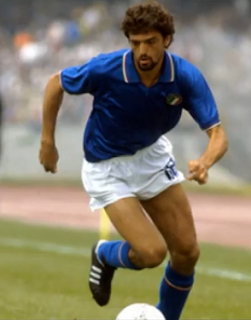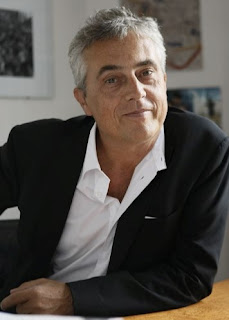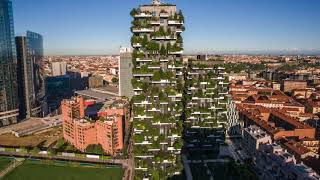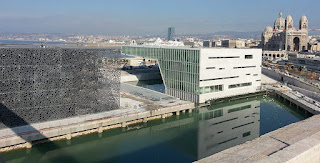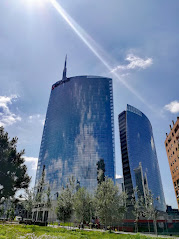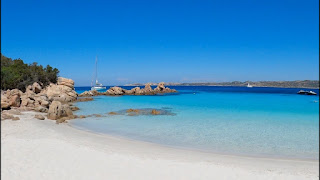Agostino Chigi - banker and arts patron
Nobleman from Siena became one of Europe’s richest men
The banker Agostino Chigi, who was a major sponsor of artists during the Renaissance, was born on this day in 1466 in Siena. At its height, Chigi’s banking house in Rome was the biggest financial institution in Europe, employing up to 20,000 people, with branches throughout Italy and abroad, as far apart as London and Cairo. Chigi invested a good deal of his wealth in supporting the arts, notably providing financial backing to almost all the main figures of the early 16th century, including Perugino, Sebastiano del Piombo, Giovanni da Udine, Giulio Romano, Il Sodoma (Giovanni Bazzi) and Raphael. Perugino painted The Chigi Altarpiece, dated at around 1506-1507, which hangs in the Chigi family chapel in the church of Sant'Agostino in Siena. Chigi’s significant legacy to Rome was to have built a chapel in the church of Santa Maria della Pace, another - his mortuary chapel, the Chigi Chapel - in the church of Santa Maria del Popolo, and the superb suburban villa in Trastevere, on the banks of the Tiber, which since 1579 has been known as the Villa Farnesina. Agostino Chigi was the son of the prominent Sienese banker Mariano Chigi, from an ancient and illustrious Tuscan family. Read more…
___________________________________________________________
Cardinal Andrea della Valle – antiquities collector
Restoration and conservation techniques set example to others
Andrea della Valle, remembered for amassing one of the earliest known collections of Roman antiquities, was born into a noble family on this day in 1463 in Rome. He was the son of Filippo della Valle and Girolama Margani, and was the second of their four children. After entering the Church, he was elected Bishop of Crotone in 1496. He was chosen to direct the Apostolic Chancery between 1503 and 1505 and served as Apostolic secretary during the reign of Pope Julius II. Della Valle was transferred to the titular diocese of Miletus in 1508, but resigned from it to give way to his nephew, Quinzio Rustici, in 1523. He was created cardinal priest in 1517 and participated in the papal conclaves of 1521 and 1523. As archpriest of the Basilica Santa Maria Maggiore, Della Valle ceremonially opened and closed the holy door in the Jubilee year of 1525. The door is sealed by mortar and cement from the inside so it cannot normally be opened, but is ceremoniously opened during holy year to allow pilgrims to enter and gain plenary indulgences. Della Valle had inherited some antiquities collected by his ancestors but was always eager to acquire more. Read more…
_________________________________________________________
Gaetano Donizetti - opera composer
Birthplace of musical genius has been declared a national monument
Gaetano Donizetti, a prolific composer of operas in the 19th century, was born on this day in 1797 in Bergamo in northern Italy. Donizetti came into the world in the basement of a house in Borgo Canale just outside the walls of the Città Alta, Bergamo’s upper town. He was the fifth of six children born to a textile worker and his wife. He once wrote about his birthplace: “…I was born underground in Borgo Canale. One descended the stairs to the basement, where no ray of sunlight had ever been seen. And like an owl I flew forth…” Donizetti developed a love for music and, despite the poverty of his family, benefited from early tuition in Bergamo. He went on to become a brilliant composer of operas in the early part of the 19th century and is considered to have been a major influence on Verdi, Puccini and many other composers who came after him. Experts consider some of his work, for example Lucia di Lammermoor and L’elisir d’amore, to be among the greatest lyrical operas of all time. After a magnificent international career, Donizetti returned to Bergamo, where he died in 1843 in the Palazzo Scotti. Read more…
_________________________________________________________
Agostino Richelmy – Cardinal
Former soldier sent priests to say mass for troops
Cardinal Agostino Richelmy, who fought for Garibaldi as a teenager, was born on this day in 1850 in Turin. He joined the Garibaldi Volunteers during the war of 1866 and is said to have worn his red shirt under his cassock for years afterwards. When Italy entered the First World War in 1915, Richelmy organised priests to serve as army chaplains in the mountains of Trentino, where they had to carve altars out of snow and say mass in temperatures below zero. Richelmy was born into an ancient, noble family and his father, Prospero was a hydraulic engineer. He was educated at the Liceo Classico Cavour and the Archiepiscopal Seminary in Turin and gained a doctorate in theology in 1876. He became a professor of moral and dogmatic theology and then a professor in the faculty of canon law. Richelmy was elected Bishop of Ivrea in 1886 and named as the Archbishop of Turin in 1897. He was created cardinal priest of Sant’Eusebio in Rome in 1899 and was then transferred to Santa Maria in Via in Rome in 1911. Richelmy supported all the social directives of Pope Leo XIII, who worked to encourage understanding between the Church and the modern world during his papacy. Read more…










